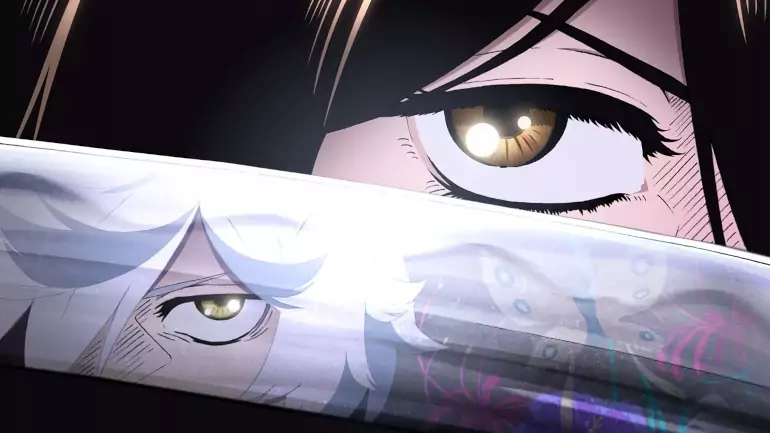The Ninjas: A Journey Through the Culture of Stealth and Skill

This form of combat traces its origins to the periods (794-1185) and (1192-1333). During this time, the Ninjutsu combat technique emerged, rooted in a range of magical tricks and technical abilities. It originated in the lamaseries of Tibet and fully developed in the Shaolin temples of China.
Later, it found its way to Japan for further refinement, experiencing a significant boom during this period. The ninjas crafted incredible techniques documented in the "Torimakis" manuscripts. To this day, many of these manuscripts remain undeciphered, as ninjas employed secret codes to safeguard them from falling into enemy hands. Only the families that have endured to the present day possess access to the Torimakis and comprehend the correct Ninja translation.
Ninjas developed their techniques out of necessity, facing considerable oppression in the regions where they resided, particularly in China and Japan. Historically, the art was transmitted from parents to children, signifying a family tradition rather than an institutionalized school.
Many of the techniques employed by ninjas draw inspiration from the forces of nature, animals, the human body, and their strategic acumen in combat. In the pursuit of honing their skills, they would exile themselves in diverse terrains such as mountains, hills, lakes, rivers, seas, etc. Even in contemporary times, these teachings persist in the same immersive manner, setting them apart from other martial arts; these outdoor practices were geared toward fostering swiftness, audacity, and strength.
They firmly believed that nature served as the ultimate training ground, surpassing any Dojo. Their coexistence with nature went to the extent of dependence, shaping their view of Ninjutsu as a way of life rather than just a martial art. While some might perceive their training as obsolete for everyday life, reserved only for wartime scenarios, this contradicts the essence of the Ninja philosophy. They trained not only for personal defense but also to assist others, striving to become better individuals and upholding values in a system that often seemed lost and chaotic.
Ninjas mastered the art of camouflage, honing techniques to infiltrate any location without detection. Examples include the Ukidari, enabling them to walk on water; the Torinokos, allowing them to vanish behind a curtain of smoke with meticulous planning. Similarly, the Kyororo Kaki was employed for forcing windows, and the Kikigami for eavesdropping on conversations through walls. Their espionage strategies drew inspiration from Sun Tzu's teachings in "The Art of War."
In contrast to the Samurai, ninjas displayed a heightened sense of courage. Fleeing from an adversary was not deemed dishonorable but rather strategic, providing them with a second chance to strike. If captured, a ninja might choose self-sacrifice to evade torture, an act honoring the preservation of their lineage. Notably, they exhibited remarkable resilience against hunger and pain.
THE MARTIAL ART OF NINJUTSU
Ninjutsu, the quintessential martial art of the ninjas, has ancient origins dating back to the 5th century AD. The widespread use of this combat technique would emerge during the 12th and 13th centuries when ninjas were employed as spies. Their success was such that many warlords hired ninja clans for the battles that determined control over Japan. Notably, among these clans, the Ryu stood out.
In the 16th century, its decline began. With the arrival of Oda Nobunaga I, ninjas were pursued and massacred in an attempt to halt their growing influence and power. By the 17th century, they were last used extensively during the Christian uprising in Kyushu.
Between the 17th and 19th centuries, the use of ninja warriors was prohibited, leading them to operate clandestinely and on a small scale.
In the 20th century, Japan employed Ninjutsu (also known as shinobi-jutsu) as a form of training for its elite troops. However, these were regular troops with special training, not true ninjas.
The internationalization of Ninjutsu came with Masaaki Hatsumi. Breaking with traditions that dictated instruction exclusively for Japanese students, he began teaching this martial art to Westerners.
Si quieres conocer otros artículos parecidos a The Ninjas: A Journey Through the Culture of Stealth and Skill puedes visitar la categoría Nippon.

Leave a Reply